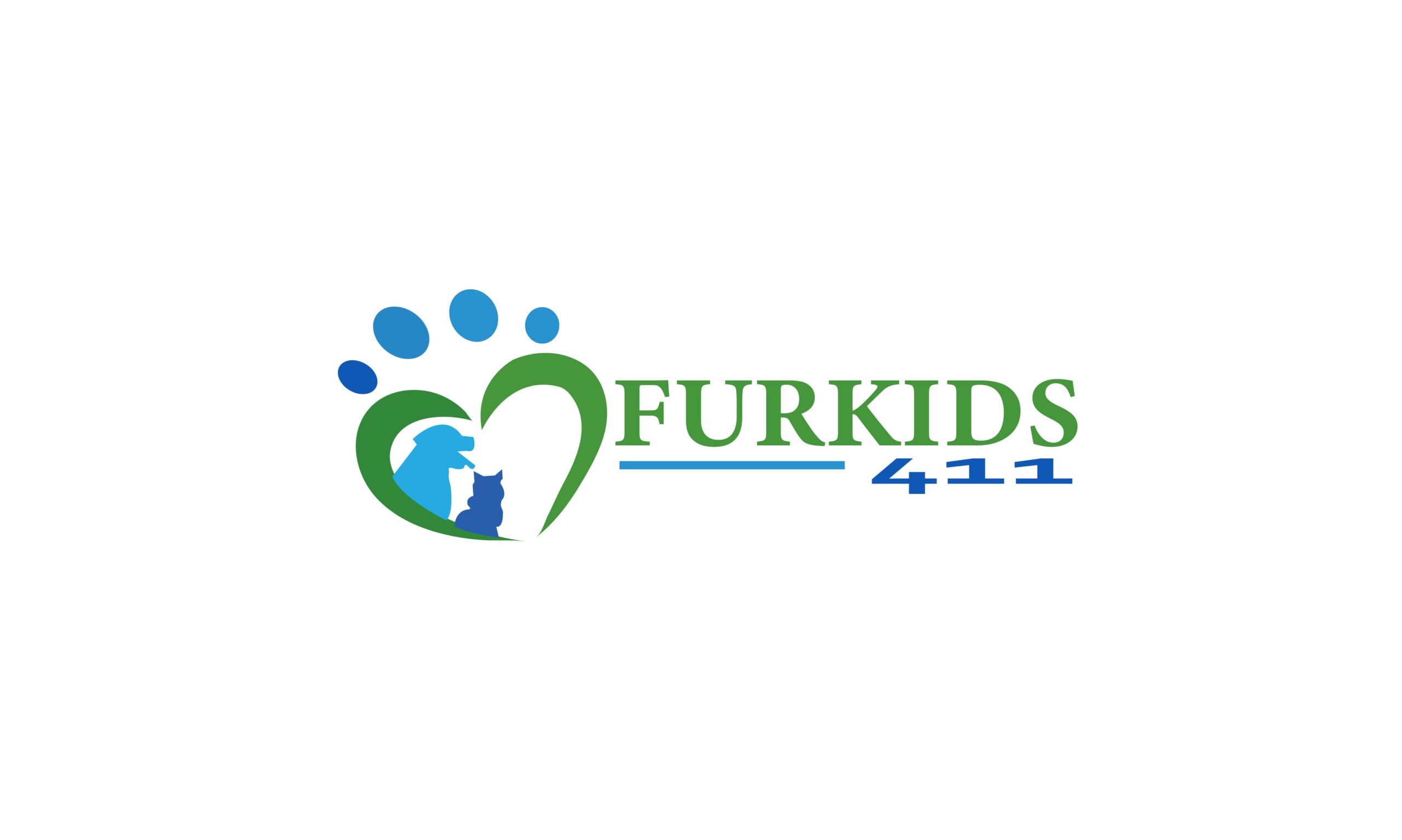With the arrival of cooler temps comes snow and ice. Out comes the salt!
Most city’s use a de-icer which is a combination of sand & salt is on the sidewalks and roads throughout the winter. The purpose of the de-icer is to melt the ice and snow.
However, salt is one of the biggest threats to a dog’s paw.
Chemical Burn
Prolonged contact can lead to chemical burns. Try to keep your dog off the salted streets and walkways (think grass or snow) whenever possible. If your dog is limping by end of the walk the de-icing chemicals could be hurting their feet.
Ingestion
Ingestion of the de-icers is another threat, dogs will sometimes lick their paws after a walk.
A good practice is to keep a small bowl of water at the door. When you return from your walk dip the paws in the water and towel dry to remove sand and salt.
Ice Balls
Is another common cause of sore paws is ice balls. Ice balls form in between the pads of the paws. During the winter months its best to keep the fur on the pads trimmed neatly and short. Long fur around the paws will also retain more sand and salt.
Hypothermia & Frostbite
With the cold temps frostbite and hypothermia are other threats in the winter months. Dogs left in the cold for long periods of times are at risk for frostbite on the paws and hypothermia.
Continue Reading:
How to Prevent Paw Pad Injuries
One thought on “4 Common Paw Pad Injuries in the Winter”
Comments are closed.

Hi thanks,glad you are enjoying the posts.